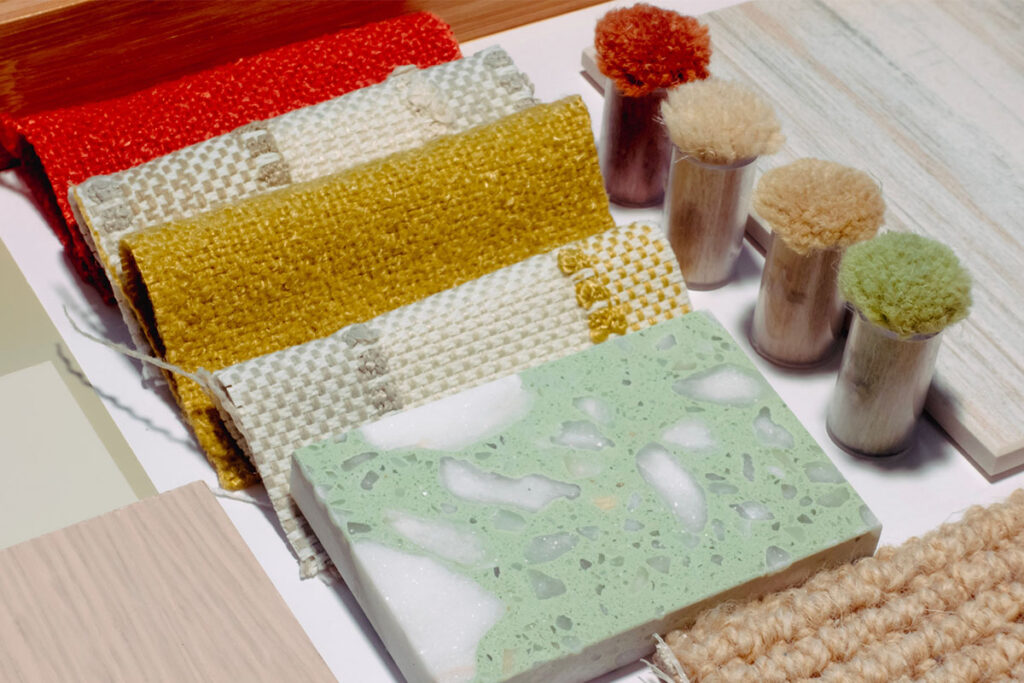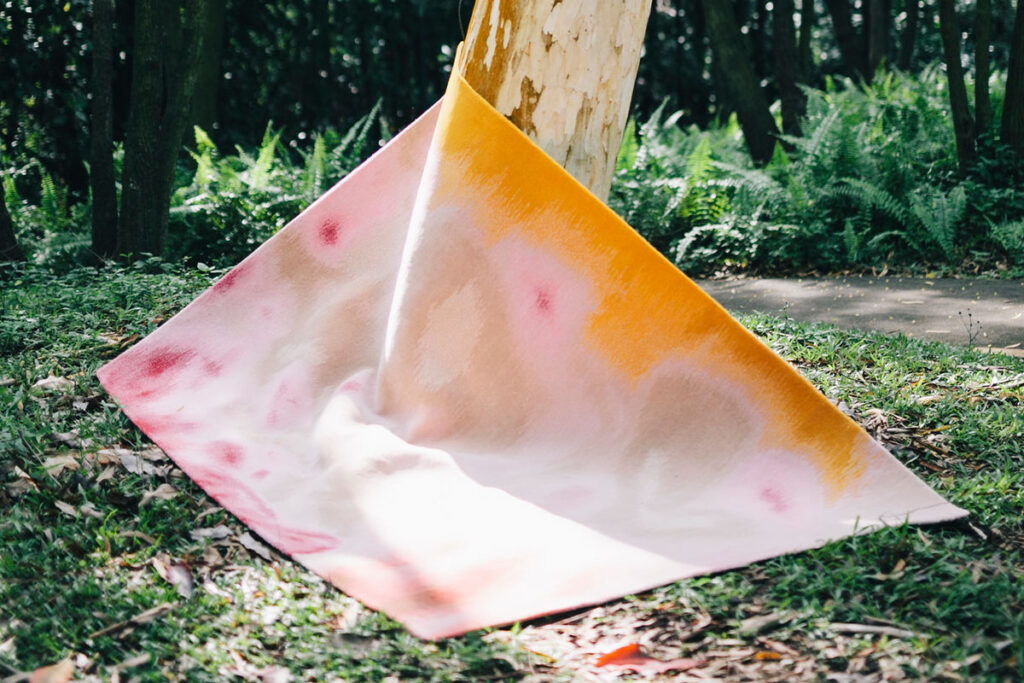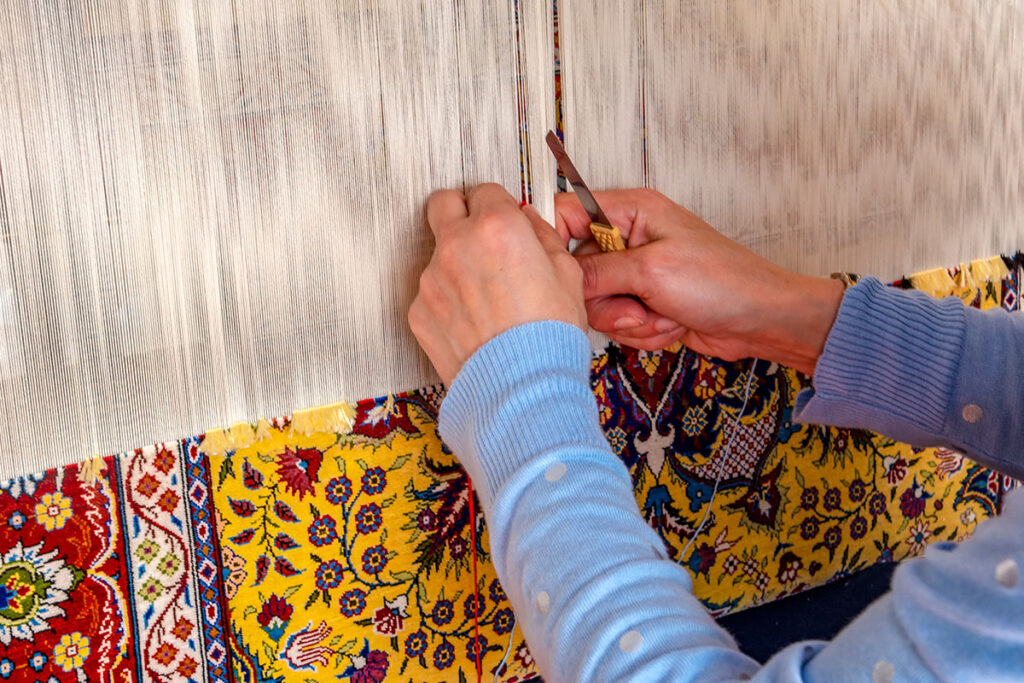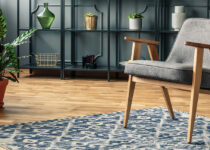Are you someone who cares about the environment? If you’re seeking sustainable choices to improve spaces in your home, this article is for you.
Choosing sustainable rugs is a meaningful way to create a more environmentally conscious home. By opting for eco-friendly options like natural fiber rugs, you help save Earth’s resources and support responsible manufacturing.
And before you ask, you can marry aesthetics to sustainability. A rug made of recycled materials or sustainable natural resources can look good. It can be stylish enough for your next Zoom call yet responsible enough for your green goals.
So, how do you find a rug that aligns with the sustainable part of the Singapore Green Plan 2030 and your own taste? Well, you look at two things to identify the best eco-friendly rugs: the materials that went into making them or the process of making them.
We’ll guide you through both things today. This should help you choose rugs that align with eco-friendly values while satisfying your sense of aesthetics.
What is a sustainable rug?
A sustainable rug is a type of floor covering that is created and manufactured in a way that minimises its negative environmental impacts.
The typical rug designed for sustainability is made to promote responsible production practices as well as support social and ethical considerations.
It can be made for a living room or dining room. It can be of simple or intricate patterns. Either way, what matters is that it’s designed to harm the Earth as little as possible.
From sustainable area rugs to natural fibre rugs for hallways, these pieces are thus produced at less of a “cost” to the environment than most other rugs. In exchange, rugs like this often cost a little more than others.
Still, despite paying a premium for these rugs, your dollars go a long way when it comes to helping the environment and keeping it healthy for future generations!
What’s more, these rugs are often designed to be environmentally friendly throughout their lifecycle. That runs from material sourcing and manufacturing to use and disposal.
The nice thing about it is that they don’t need to sacrifice looks to be sustainable. In fact, sustainable design practices are also common to trending and popular furniture styles like Scandinavian design!
In any case, if you want to find your own sustainable rug, we’ll go over some of the key characteristics to look out for below.
How to choose a sustainable floor rug?
1. Material Selection
When shopping for an eco-friendly rug, choose biodegradable materials. Natural-fibre rugs, recycled-fibre rugs, recyclable-material rugs – these are all excellent choices!
In particular, most people look out for those made from natural and sustainable fibers such as wool, jute, sisal, and organic cotton. For good reason: these materials have a lower environmental footprint compared to synthetic alternatives.
They usually require less energy to craft overall and also mean lower waste at the end of their lifetimes (especially if they’re recyclable, which a lot of natural rugs are).
Many even require less of the processing that may be harmful to the environment by producing greenhouse gas emissions. So, they’re not just energy-saving, but also environmentally friendly in terms of the waste produced by their creation.
And the best part is that some of them also have longer lifetimes than synthetics! Wool is a great example, thanks to its durability.
If you want to learn more about rug materials to see which ones are natural, check out our guide to the topic! That should help you find the material for you.
You can also check out this list of popular favourites for natural fibers and materials:
- Wool – As mentioned earlier, wonderfully durable, renewable, and biodegradable.
- Jute, sisal, and seagrass – All are grown with few to no pesticides and are durable and recyclable. Jute rugs are especially popular today!
- Organic cotton – A good choice for limiting environmental harm because it avoids harmful chemicals and uses less water to produce.
- Bamboo – Fast-growing, biodegradable, and moisture-resistant, so great for just about any high-traffic area or living space.
In short, you want to stick to materials like these and avoid the synthetic fibre rugs made of nylon, polyester, or acrylic – unless they’re recycled, of course.
2. Natural Dyes and Finishes
Now, here’s something to remember: even if a rug is made of what seems to be sustainable base materials, you still have to make sure that it’s been made sustainably.
What does that mean? Simply that you can use sustainable materials to make a rug in an overly energy-intensive, non-environmentally friendly way.
Look for rugs that were made in a way that lowers harmful environmental impact. That means rugs that don’t use many toxic chemicals for their treatments and colours.
This can benefit you in more ways than one. For instance, rugs that use toxic chemical finishes can off-gas into your space, which can negatively affect air quality in your home. Avoiding those is only good sense – and vital if you have pets or children!
3. Longevity and Durability
One aspect often overlooked when looking for sustainable furniture is durability. As it happens, sustainable rugs are often built to last, with high-quality construction that can withstand wear and tear over time.
This reduces the need for frequent replacements and minimises waste. Products that can be reused or are made to last a long time have a lower environmental impact (and get bonus points if they can be composted or recycled later).
Just bear in mind that you do have to take care of the rug to ensure it lasts. Do the usual things, from spot-cleaning to regular vacuuming. If you find that’s not enough, you can also come to us to seek advice. At The Rug Maker, we offer professional care and cleaning for rugs and can handle nearly all kinds.
And remember: the best eco-friendly rugs aren’t just hardy. They should also support sustainable maintenance or cleaning methods.
For example, they may tolerate an earth-friendly detergent or cleaning products made of natural ingredients. Or they might let you skip the dryer if they’re washable. A good air-dry lets you save energy!
4. Ethical Practices
Double-check for transparent and ethical production practices when researching the background of a rug. As an example, you should try to choose rugs whose manufacturers use local and ethical sourcing for their materials.
Of course, that means you should try to choose manufacturers with transparent and ethical supply chains. Here are some examples to look for:
- Manufacturers who collaborate with and support local artisans to create handmade rugs that showcase cultural heritage
- Manufacturers who provide transparency in the sourcing of materials, production processes, and supply chain partners
- Manufacturers who are transparent about worker wages and working conditions
- Manufacturers who consistently mention sustainability in their reports or environmental goals
- Manufacturers who ensure that materials are responsibly sourced and ethically produced before even getting them
- Manufacturers who implement strategies to reduce waste during production, e.g. through recycling and repurposing of materials
Look for Eco Certifications as well. These help you ensure the product meets environmental and ethical standards for sustainable development and production.
Here are examples:
- GOTS (Global Organic Textile Standard) – For organic fibers and responsible processing.
- OEKO-TEX Standard 100 – Tests for harmful substances.
- GoodWeave – Ensures no child labor and supports ethical craftsmanship.
- Cradle to Cradle Certified – Covers sustainable lifecycle and recyclability.
5. Conscious Packaging
An item that’s packaged in an environmentally-friendly way is much more likely to be green than the alternative. That’s actually why you’ll usually see real sustainable rug manufacturers using minimal packaging for their products.
When they do use packaging, it’s usually eco-friendly too. All of this is to stay consistent with the goal of reducing waste and limiting the use of plastic or non-recyclable materials.
This limits the harm done to the environment – and even helps you, since packaging contributes to the cost of goods and trash disposal.
Get yourself the perfect sustainable rug today
As you can see, there are many things to consider when shopping for sustainable rugs. Yes, it can be daunting at times, but it’s worth it – not just for the environment but also for yourself!
If you want to simplify the process, though, you can always have a custom rug made. Clients approach us with specific requests on sustainability, for instance, and we’re more than happy to design and craft rugs that meet all of their requirements.
If you’re interested in that, contact us. We can design and make your own custom rug for your home… and even give you more decor tips along the way!









